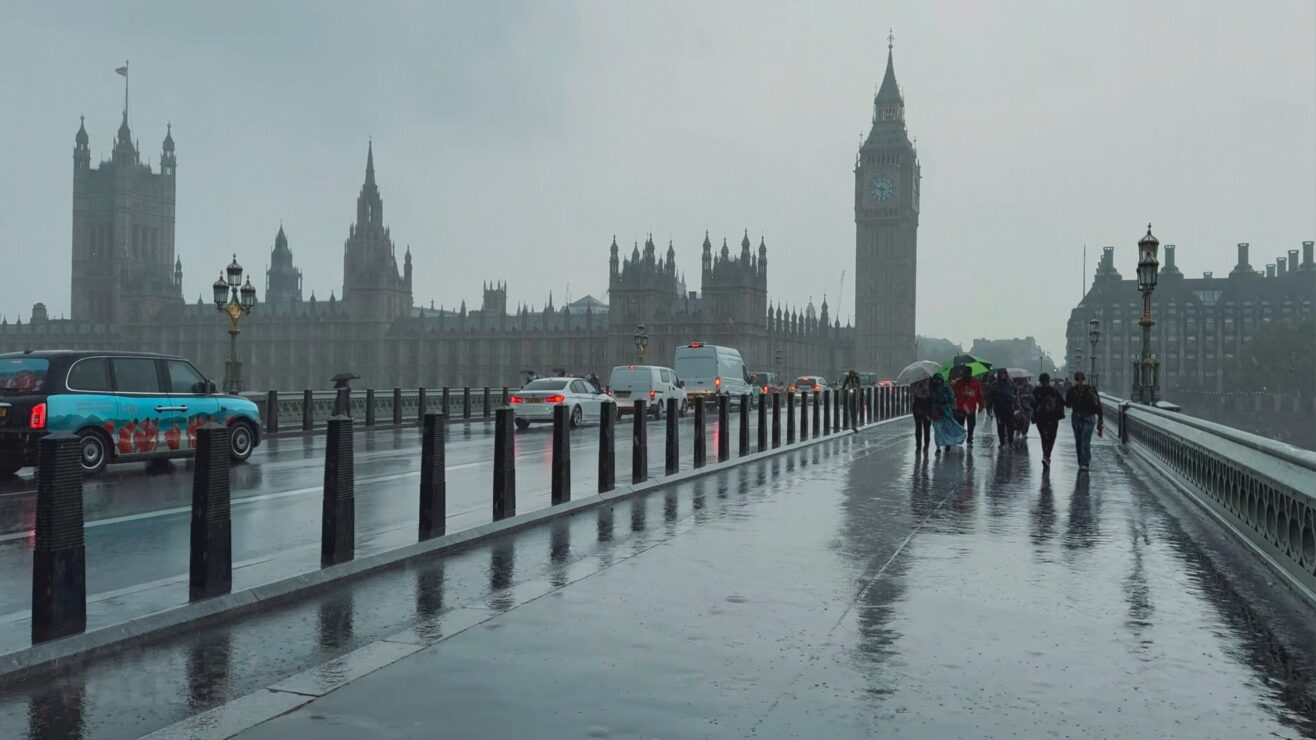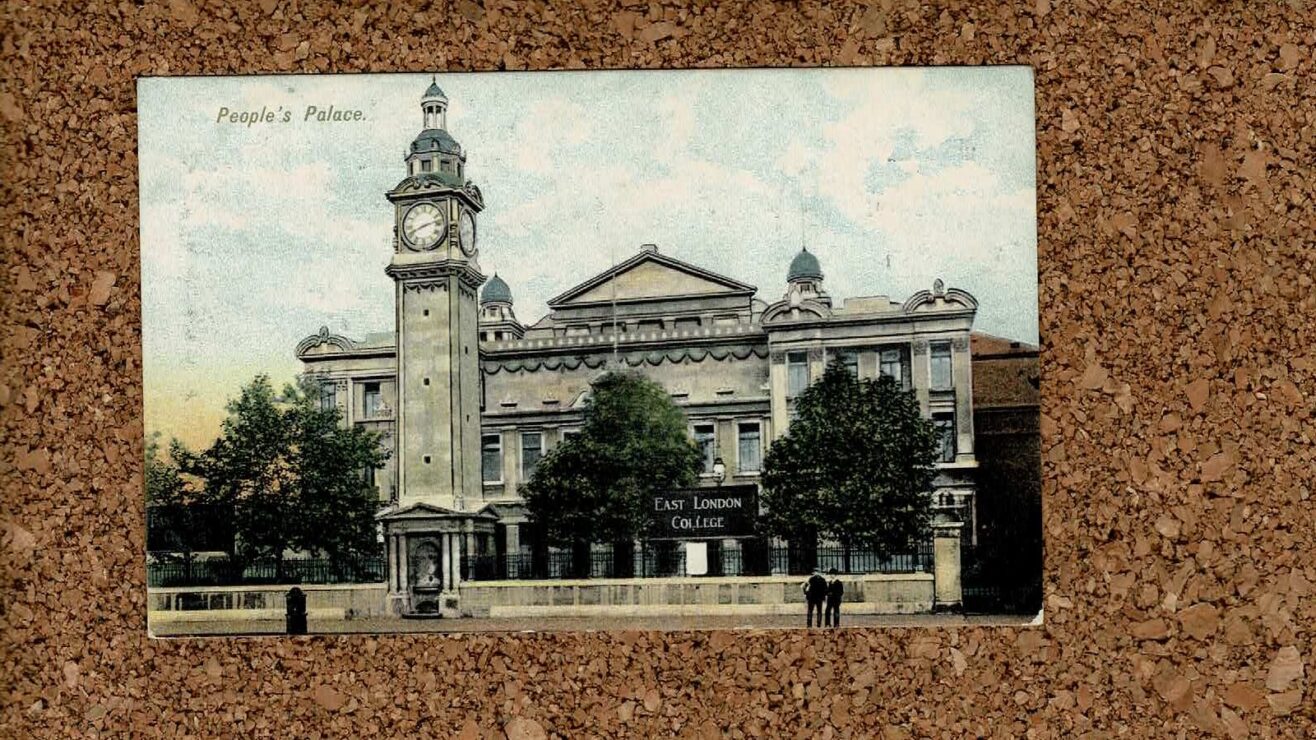There are some things – perhaps more things than many in the sector thought – that it is possible to do down a webcam.
There are clearly also some things that cannot be done remotely – and where teaching or assessment can’t be safely or satisfactorily done online, arrangements are being made to have students on site now, or to push practical components out into the future. The hope is that they will be possible, perhaps in a modified form, shortly before (or more likely after) Easter.
And then there’s a grey area. Where some things might be technically possible, just about academically sound and might make it through a committee – but where, if we’re honest, the alternatives being contemplated in virtual committee rooms up and down the country aren’t what students signed up for. They probably aren’t in any meaningful sense “good enough”.
Crucially – in an employment market that already looks viciously hostile for graduates – we’ll want to avoid, where we can, students having the piece of paper, but not having the confidence or practical experience that the prospectus implied they’d be leaving with.
Creative solutions
The situation is particularly acute for courses in the creative arts, and the dilemma has been top of the list all academic year for Louise Pieri, the Creative Director and CEO of the PPA Academy. It’s a small drama college in Guildford whose musical theatre performance and acting degrees are run in association with De Montfort – and inevitably has substantial performance components that pose the kind of headache we’re talking about.
As the year has gone on, Louise and her team have been attempting to get ahead of government and regulators, increasingly moving aspects of their provision online where possible and pushing other bits out later. But when it became clear that we were about to have a draconian lockdown this term – and that the road was running out in particular for PPA’s students in their third and final undergraduate year – fresh and bold thinking was required:
All along what we’ve been doing is along has been rewriting and rejigging as we went, on the basis that if we really had to do online then we’d do it. But that was never going to be ideal for the courses we run, and doing the right thing in our industry and for our students was always going to involve trying to have as little online time as possible.”
Summer is coming
So to solve the problem, PPA has moved the summer to the winter. Its spring term for its undergraduate programmes was due to start on January 11 – but will now run from February 15 to May 7, with its summer term set to run from May 24 to August 13. The simplicity of the announcement belies considerable complexity in making it happen, of course – but it’s the process and the way in which the community of staff and students has come together to make it work that’s most striking:
Oh the practical implications are huge, and the disruption for staff and students is significant. But once we thought through the options and laid them out honestly for everyone, the amount of detail and questions we got in from staff and students enabled an idea to quickly become a proposal. As a result, the level of agreement was significant. In truth, staff were happy to have some certainly, and final year students were hugely grateful that we were prepared to move mountains to ensure they had something close to the final year production experience they were promised.”
Students had – as they are everywhere – started to voice compliant and disquiet, with rumblings about refunds. So a whole institution zoom call quickly became a written proposal, signed off at DMU. And when asked whether they agreed with the final proposal to move term dates, 80 per cent of students said yes to the plans within a day:
Students understand we have to pay for buildings, we have to pay for teachers, insurance and validation – that doesn’t stop – but we wanted to find an innovative way of being able to do what we need to do as close as possible to the way it should have been done. I think they were grateful that we were actually listening, and this way we can tip the balance back towards face to face experiences in a real way”.
Making a big decision like this has disadvantages and considerable downsides – but it’s the certainty, the clarity and the community pulling together that shine through – as well as the laser sharp focus on understanding what students are going through, and wanting to respond rather than just react. Even where aspects are still not fully thought through, there’s a sense from Pieri that solutions will be found:
Some students were very worried about mental health during the period – but we’ve put in place support for that. Others were worried about lost earnings over the summer, but we’ve worked hard to make sure that they can get work as part of the vaccination programme. Our size makes it easier, but it’s the way everyone is pulling together to make it work at just the point that the restrictions were starting to get the better of us”.
Would it work everywhere else, for every student? Probably not. But do we need big and bold solutions as a viable alternative to hurling everyone out of the door as soon as possible? Almost certainly. And if nothing else, the sector could do with feedback like this right now:
Brilliant idea. Creative; innovative; market leading and putting students first – so typical of @PPAcademyUK As a grateful parent huge thanks to everyone who is making this possible
— Simon Tanner (@SimonCTanner) January 9, 2021












